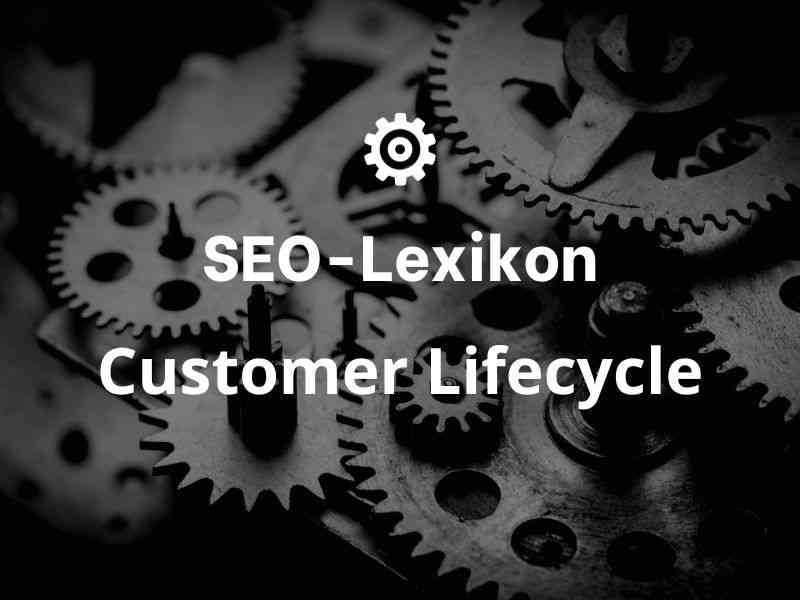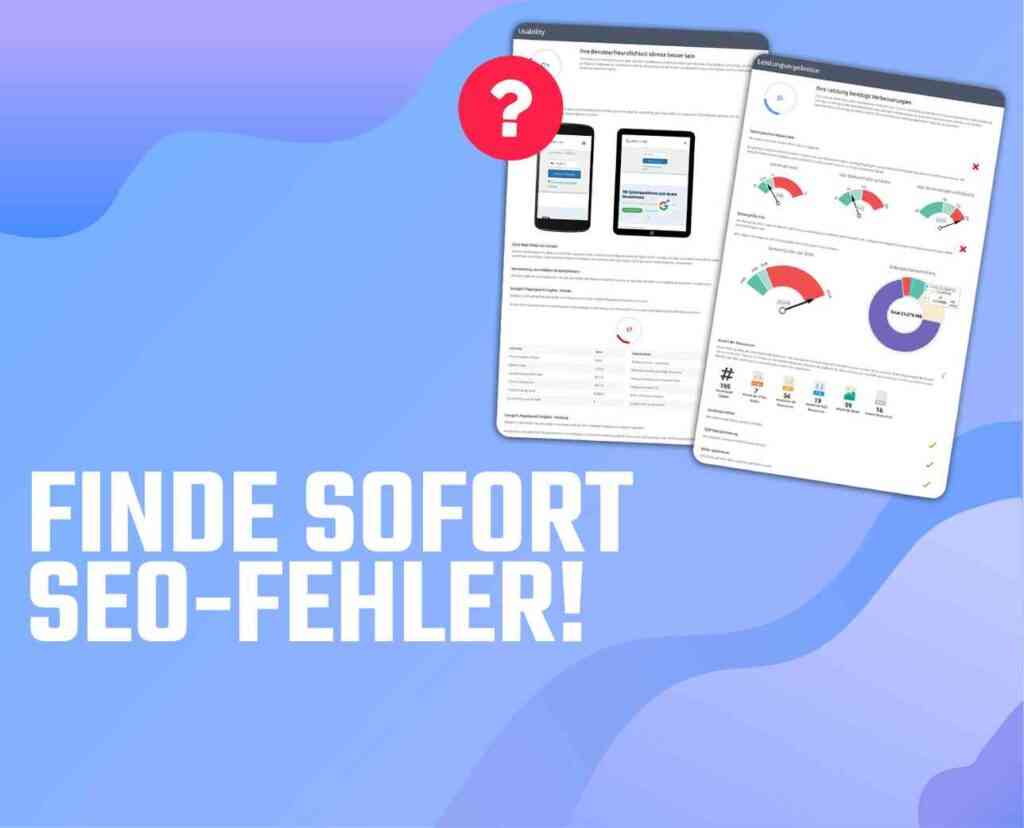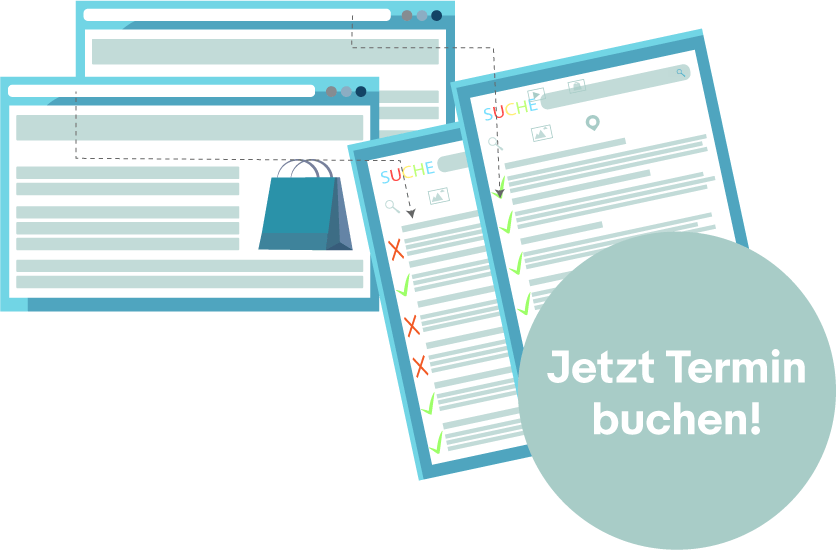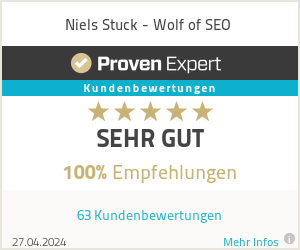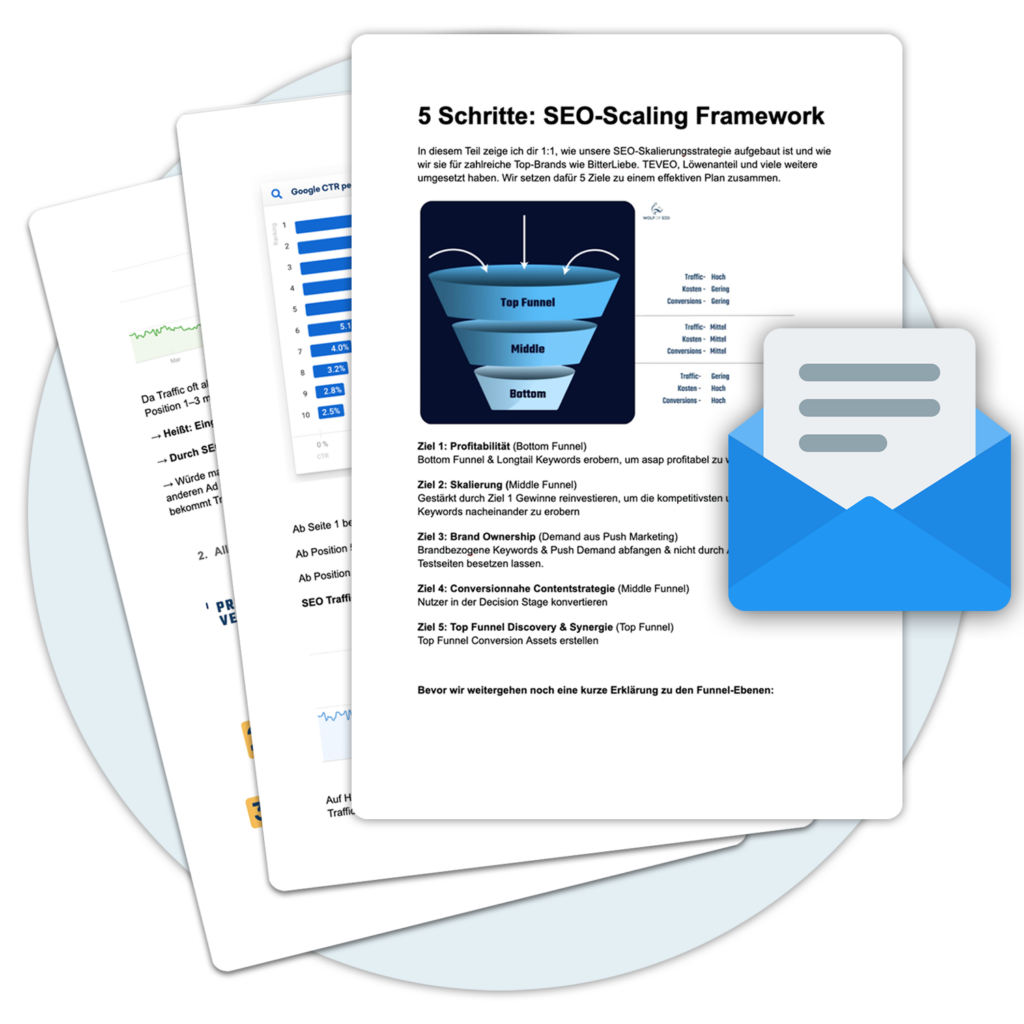Introduction to the customer life cycle
The customer lifecycle is the process a customer goes through, from their first contact with a company until they decide to buy again. It is an important strategy for companies to retain customers in the long term and drive their business growth. The customer lifecycle can be divided into different stages, each with its own characteristics and requirements. In this article, we will take a close look at the customer lifecycle and how companies can successfully use it to improve their customer relationships.
What is the customer lifecycle?
The customer lifecycle describes the process a customer goes through from their first contact with a company to the completion of a transaction. It is a kind of framework or guide that supports marketing strategies and tactics to attract, win and retain customers.
The customer lifecycle can be divided into different phases, each requiring different objectives and actions. It is important to understand the lifecycle of a customer in order to use the right marketing activities at the right time to increase customer loyalty and maximize sales.
The following are the main phases of the customer lifecycle:
- Acquisition: In this phase, the company aims to attract the attention of potential customers and get them interested in the offer.
- Activation: After a potential customer has become aware of the offer, the task is to convince him or her to perform an action, such as registering or purchasing a product.
- Retention: Once a customer has purchased for the first time, it is important to satisfy them and retain them for the long term. Maintaining the customer relationship and providing excellent customer service are critical.
- Reactivation: Sometimes customers lose interest or unsubscribe. In this phase, the goal is to reactivate them and get them to buy or use the offer again.
The customer lifecycle is a dynamic process that is constantly evolving and needs to be adapted to changes in customer needs. By understanding the customer lifecycle and responding to it in a targeted way, companies can increase their chances of success and build long-term customer relationships.
Definition of the customer life cycle
The customer life cycle comprises the different phases that a customer goes through during his relationship with a company. In each phase, the customer has different needs, expectations, and behaviors. Knowledge of the customer life cycle is crucial for successful marketing and enables companies to adapt their marketing activities accordingly.
The importance of the customer lifecycle in online marketing
The customer lifecycle is a crucial aspect of online marketing. It describes the entire process that a customer goes through from the first contact with a company until they become a long-term customer. In the process, different phases are passed through, which make it possible to address the customer in a targeted manner and offer them an optimal customer experience.
Paying attention to the customer lifecycle in online marketing has numerous advantages. By understanding the buying behavior and needs of customers at different stages of the lifecycle, companies can optimize their marketing strategies and increase the success of their campaigns.
The customer life cycle can be divided into several phases. Each phase requires individual measures and a specific approach to the customer. The most important phases are:
- Awareness: In this phase, the customer becomes aware of the company for the first time. Here it is crucial to create a positive first perception and to arouse the customer's interest.
- Consideration: At this stage, the customer evaluates various options and decides whether to pursue the company's offer.
- Conversion: The actual purchase decision takes place in this phase. The customer decides in favor of the company's product or offer.
- Loyalty: After the purchase, it is important to bind the customer to the company in the long term and to build customer loyalty.
- Advocacy: When a customer is delighted by a positive experience with the company, they can become a brand ambassador and actively recommend the company to others.
To effectively manage the customer lifecycle, it is important to collect and analyze customer information. Through comprehensive data evaluation, companies can better understand their customers' needs and preferences and carry out targeted marketing campaigns.
Successful customer lifecycle management can lead to long-term customer relationships, higher sales, and increased customer satisfaction. Therefore, companies should not underestimate the customer lifecycle and take appropriate measures to realize its full potential.
The phases of the customer life cycle
The customer life cycle describes the entire process that a customer goes through, from the moment they first become aware of a company through to lasting customer loyalty. There are different phases in the customer lifecycle, each with their own characteristics and challenges.
The phases of the customer life cycle can be named differently depending on the company and the industry. In general, the following phases can be defined:
- Awareness: In this phase, the customer becomes aware of the company or product for the first time. This can happen through various marketing activities such as advertising, social media campaigns or recommendations.
- Interest: As soon as the customer has noticed the company or the product, he becomes interested in it. He begins to take a closer look at it and gather information.
- Consideration: In this phase, the customer compares different providers and options in order to make an informed purchase decision. He considers whether the product or service meets his needs and which company has the best offer.
- Purchase: This is where the actual purchase takes place. The customer decides on the product or service and makes the transaction.
- Retention: After the purchase, the goal is to retain the customer in the long term. This is done through high-quality customer service, regular communication and the provision of added value.
- Advocacy: If a customer is satisfied with the company and the product, he can become a supporter of the company. He recommends it to others and shares positive experiences in his network.
The customer lifecycle is a central aspect of customer management and marketing. By understanding the different stages and addressing them specifically, companies can improve customer retention and build long-term customer relationships.
Identify and reach the target group
Identifying and reaching the target audience is a critical step in the Customer Lifecycle. It's about identifying and targeting potential customers to capture their attention and ultimately turn them into buyers.
To identify the target group, it is important to understand their needs, interests and demographic characteristics. Market research, data analysis and customer surveys can be used for this purpose. It is helpful to create buyer personas to get an accurate idea of the potential customers.
To reach the target group effectively, the right marketing channels and messages must be chosen. This is where a well thought-out strategy plays a crucial role. Different target groups may prefer different channels, so it is important to know and use the different communication channels.
Important steps in reaching the target audience are:
- Suchmaschinenoptimierung (SEO) zur Verbesserung der Sichtbarkeit in den Suchergebnissen
- Social media marketing for interaction and communication with the target group
- Content-Marketing to provide relevant and interesting content
- Online advertising to target potential customers
| Marketing channel | Example message |
|---|---|
| Social media | Discover our latest products and stay informed! |
| Search engine optimization | Find the solution to your problems with our help! |
| Content-Marketing | Learn expert tips and tricks from our industry! |
| Online advertising | Save 20% off your first order with our discount code! |
Interaction and engagement
Interaction and engagement are crucial steps in the Customer Lifecyclewhen it comes to building long-term loyalty and customer retention. The success of a company depends to a large extent on how well it succeeds in activating customers and engaging them in dialog.
Engagement can take place on different channels, be it social media, email marketing or live chat on the website. It's about motivating customers to get in touch with the company, ask questions, give feedback or participate in promotions.
Effective engagement also involves providing high-quality content that is relevant and interesting to the target audience. Customers should see added value in interacting with the company and feel that their needs and opinions are taken seriously.
There are several ways to get customers to interact and engage:
- Regularly share relevant content on social media
- Provision of easily accessible contact options on the website
- Respond to customer inquiries and comments in a timely manner
- Introduction of reward programs or exclusive offers for loyal customers
| Benefits of interaction and engagement | Examples of interaction possibilities |
|---|---|
| 1. strengthening the customer relationship: Direct dialog makes customers feel heard and valued. | - Leave comments on blog posts - Submit ratings and reviews - Participate in surveys or polls |
| 2. increasing customer loyalty: Active engagement makes customers feel more connected to the company. | - Participation in sweepstakes or contests - Subscribe to the newsletter or notifications |
| 3. generation of feedback and potential for improvement: Customers can provide valuable insights and suggestions to optimize products or services. | - Customer reviews and testimonials - Feedback forms or rating systems |
Purchase decision and conversion
The purchase decision and conversion are decisive phases in the Customer Lifecycle. At this stage, the potential customer has already informed himself about the product or service and is ready to make a purchase decision. It is now important to convince him of the benefits and unique selling points of the offer and to persuade him to convert.
To reach the customer during this phase, a targeted marketing strategy is necessary. Here are some important points to consider when designing the purchase decision and conversion:
- Strong call-to-action: A clear and convincing call to action should be presented to the potential customer to motivate them to convert. This can be a button with the words "Buy now" or "Register now", for example.
- Social Evidence: Customers tend to base their decisions on other customer reviews and recommendations. Therefore, it is important to include positive reviews, references or testimonials to increase the potential customer's trust.
- Transparent prices and offers: The customer wants to be clearly informed about prices and offers. Hidden costs or unclear conditions can deter potential customers. Clear and transparent information is therefore essential.
- Personal customer service: A personal approach and good customer service can encourage the potential customer to make the purchase decision. Fast response times, competent advice and individual support can make all the difference.
Customer loyalty and retention
Customer retention and loyalty are two crucial aspects in the Customer Lifecycle. While customer loyalty aims at retaining existing customers for the long term, customer loyalty is about ensuring that these customers remain loyal to the company and keep coming back.
To effectively achieve customer retention and loyalty, it is important to provide a positive customer experience. This includes various measures such as:
- Personal customer service: Customers appreciate being looked after personally and having their concerns taken seriously. Competent and friendly customer service is therefore essential.
- Reward programs: By introducing reward programs, customers can be motivated to remain loyal to the company. This can be done, for example, through points systems or exclusive offers for regular customers.
- Regular communication: Regular communication with customers is also important to maintain customer loyalty. This includes, for example, sending newsletters or personalized e-mails.
Furthermore, the quality of the products or services also plays a major role in customer retention and loyalty. Customers will only remain loyal if they are satisfied with the offer and can derive added value from it.
Overall, it is important to understand customer retention and loyalty as a continuous process. Companies should always strive to increase customer satisfaction and build long-term customer relationships.
Strategies for optimizing the customer life cycle
Successful customer retention and customer satisfaction are crucial for any company. In order to optimize the customer lifecycle and build long-term customer relationships, certain strategies should be used for optimization.
The following strategies help improve the customer lifecycle and strengthen customer loyalty:
- Personalization: Customized offers and communication create a personal bond and increase customer satisfaction.
- Effective onboarding: A well-designed onboarding program enables new customers to quickly realize the full potential of the product or service and identify with the company.
- Regular communication: Keep your customers regularly informed about news, updates and offers to maintain interest and increase customer engagement.
- Upselling and cross-selling: Identify opportunities to offer your customers additional products or services that match the products they already buy. This can increase customer value and strengthen customer loyalty.
- Continuous customer support: Make sure you provide quality support to your customers and respond quickly to their requests and issues. Good customer support builds trust and increases customer satisfaction.
- Measure and optimize: Regularly analyze the customer lifecycle to identify weaknesses and identify potential for improvement. Optimize your strategies based on the insights gained.
Applying these strategies can help you optimize the customer lifecycle and build long-term customer relationships. By improving your customer retention and satisfaction, you can achieve long-term business success.
Personalized customer approach
A personalized customer approach is an important part of the customer lifecycle. By addressing customers individually, companies can build a stronger bond with them and better meet their needs. It's about giving customers the feeling that they are noticed and valued.
With personalized addresses, companies can use information about their customers to offer them tailored content, offers, and recommendations. This increases the likelihood that the customer will feel connected to the company and be willing to do repeat business.
There are various ways to implement a personalized customer approach:
- Using the client's name in emails and marketing materials to convey a personal touch.
- Offer product recommendations based on previous purchases or interests of the customer.
- Sending personalized offers and discounts to customers who meet certain criteria, such as birthday offers.
- Segmenting the customer base and adapting the approach to the respective needs and preferences of the different customer segments.
It is important that the personalized customer approach is subtle and not intrusive. The customer should feel that their data is protected and respected. Data protection and transparency are therefore crucial.
A personalized customer approach can help companies understand customers better and meet their needs in a more targeted way. It helps build a long-term customer relationship and strengthen brand image.
Customer loyalty through excellent service
Customer acquisition is only the first step when it comes to building a successful business. To ensure that customers remain satisfied in the long term and keep coming back, it is important to build strong customer loyalty. This succeeds above all through excellent service.
Excellent service is characterized by high quality, friendliness and reliability. When customers are supported quickly and professionally in the event of problems or questions, they feel valued and in good hands. This helps them remain loyal to the company and recommend it to others.
In order to provide excellent service, it is important to know the exact needs and wishes of customers. This can be achieved through regular customer surveys and analyses of customer data. Based on this information, targeted measures can be developed to continuously improve service and respond individually to customers.
Another important aspect of excellent service is personal attention. Customers want to feel that they are perceived as individuals and not just a number. It is therefore important that employees take time to address customers' individual concerns and needs.
In addition, a high level of customer satisfaction can be achieved through targeted added value. These can be additional services, free extras or special offers, for example. By giving customers more than they expected, the likelihood that they will remain loyal to the company and give positive reviews increases.
In order to continuously monitor customer satisfaction and loyalty, it is important to maintain a dialog with customers. This can be done, for example, through regular newsletters, customer surveys or feedback systems. In this way, the company receives important information about any problems or potential for improvement and can address them immediately.
Optimize the customer journey
The optimization of the Customer Journey is an important step in ensuring the success of a marketing strategy. It is about understanding and optimizing the different stages of the customer journey in order to convince the customer and build long-term customer relationships.
The Customer Journey typically includes the following phases:
- Awareness: The customer becomes aware of the company and its products or services.
- Consideration: The customer becomes interested in the company and starts to consider different options.
- Decision: The customer makes a purchase decision and decides in favor of the company or a product.
- Retention: The customer remains loyal to the company and builds a long-term relationship.
- Advocacy: The satisfied customer recommends the company and its products to others.
In order to Customer Journey to optimize, it is important to take the right actions at each stage. Here are some tips for optimizing each phase:
Awareness:
- Ensure good visibility of your company and products in the relevant channels(e.g. social media, search engines).
- Create engaging content that appeals to potential customers and encourages them to learn more about your business.
Consideration:
- Highlight the benefits and unique selling points of your products or services.
- Show potential customers how your business meets their needs and what benefits it offers.
Decision:
- Provide clear information about the buying process, shipping options, and return policies to build trust and help customers make a decision.
- Use customer reviews and testimonials to build trust and credibility.
Retention:
- Provide excellent customer service to maintain customer satisfaction.
- Regularly review customer satisfaction and respond quickly to complaints or feedback.
Advocacy:
- Reward customers who recommend the company, e.g. with discounts or exclusive offers.
- Allow customers to share their experiences and provide reviews to persuade potential customers.
In order to Customer Journey successfully, it is important to monitor and adjust them continuously. This is the only way to achieve effective and long-term customer loyalty.
Conclusion: The customer life cycle as a measure of success
The customer lifecycle is a crucial tool for measuring the success of a company. By analyzing the different stages a customer goes through during his relationship with a company, one can gain important insights and improve the effectiveness of marketing.
The first step in the customer life cycle is to acquire new customers. Here it is important to make potential customers aware of the company and motivate them to make their first purchase. Various marketing strategies can be used for this, such as targeted advertising or Content-Marketing.
As soon as a customer has made the first purchase, the customer loyalty phase begins. The aim is to keep customer satisfaction high and to bind the customer to the company in the long term. Customer service and the provision of added value play an important role here.
Customer loyalty is followed by the repeat purchase phase. A satisfied customer will be more inclined to buy from a company again. Here, it is important to regularly inform the customer about new products or special offers to encourage them to buy again.
The final phase of the customer life cycle is customer loyalty. A loyal customer feels connected to the company, recommends it to others and buys regularly. In order to build customer loyalty, it is important to establish a long-term relationship with the customer and to show them special appreciation.
The customer life cycle is thus not only a tool for measuring success, but also a guide for designing marketing. Companies can improve their effectiveness and build long-term customer relationships by targeting customers at the various stages.
« Back to Glossary Index

